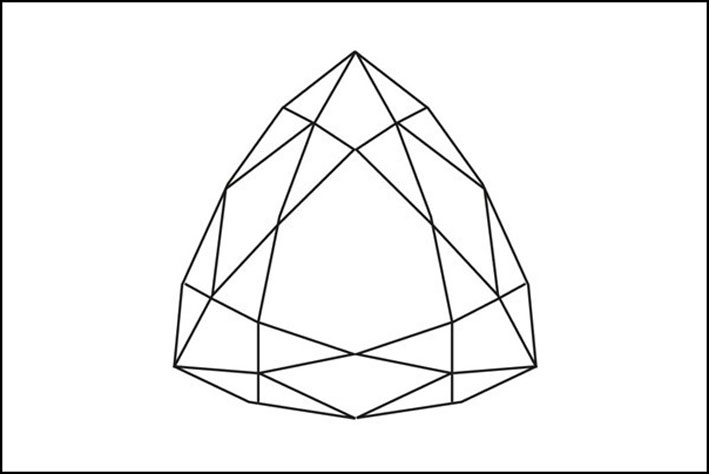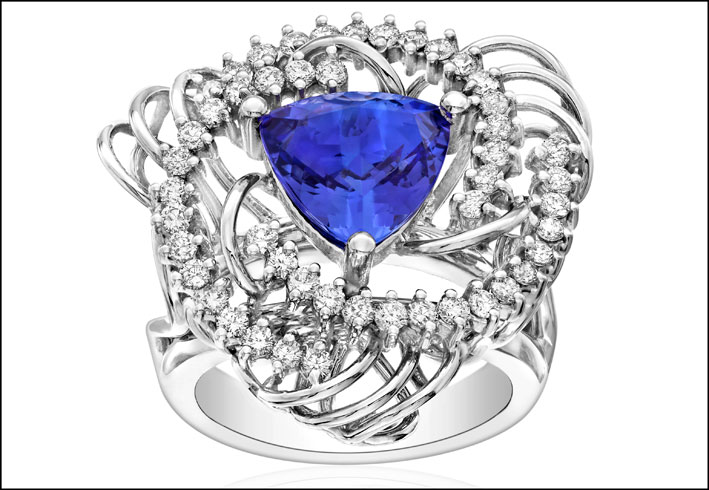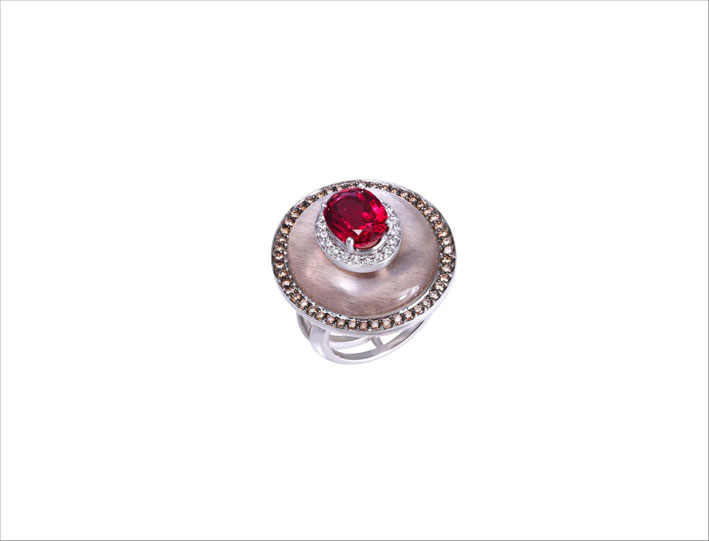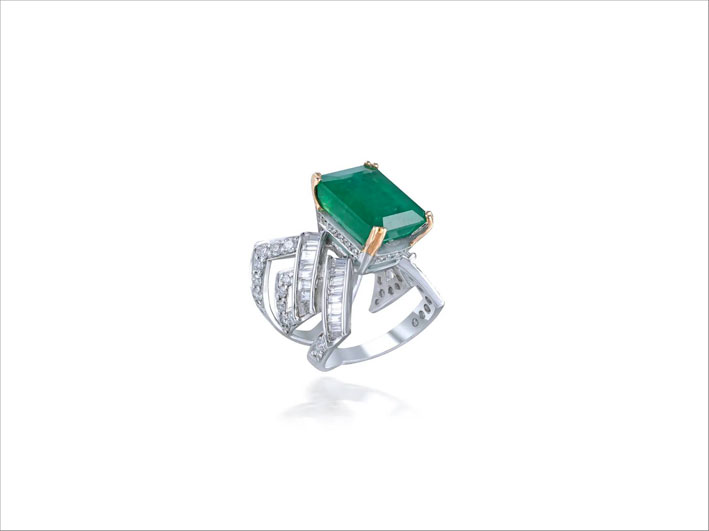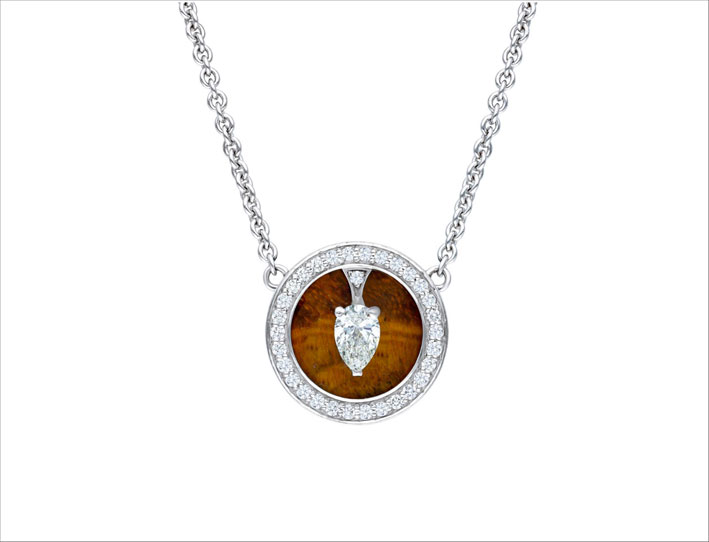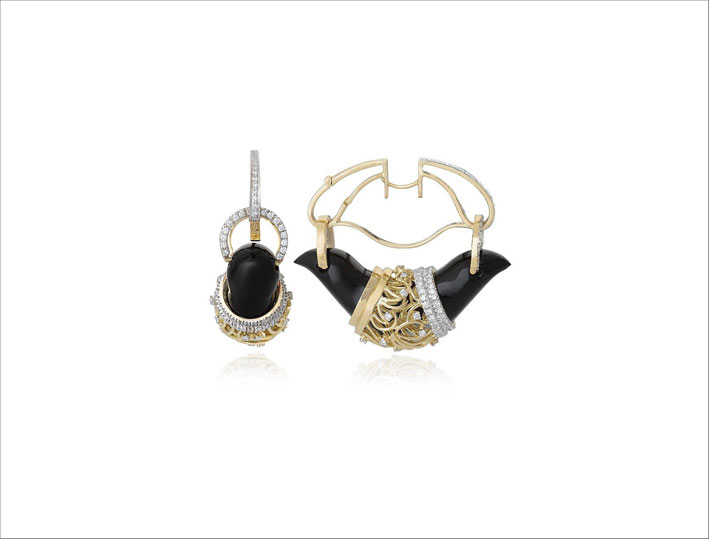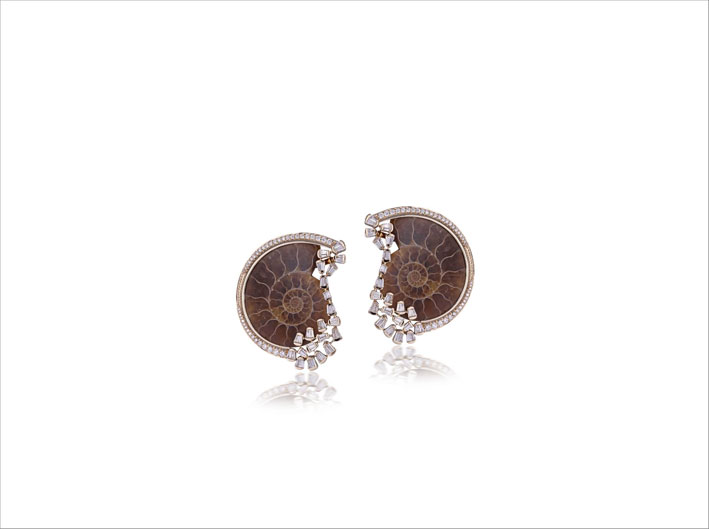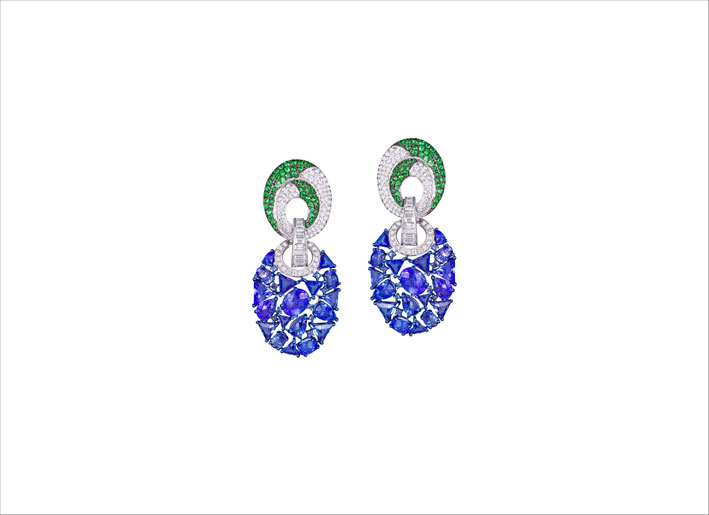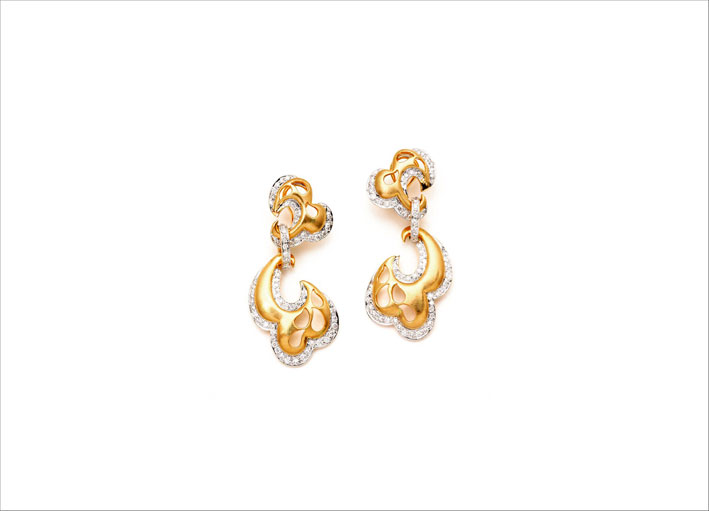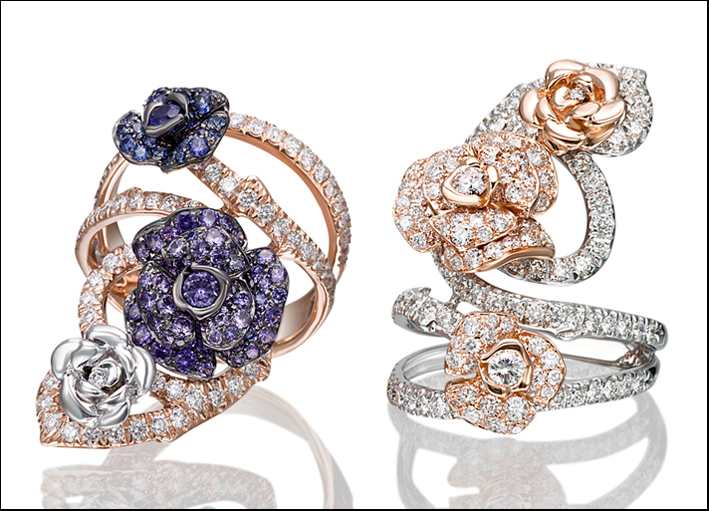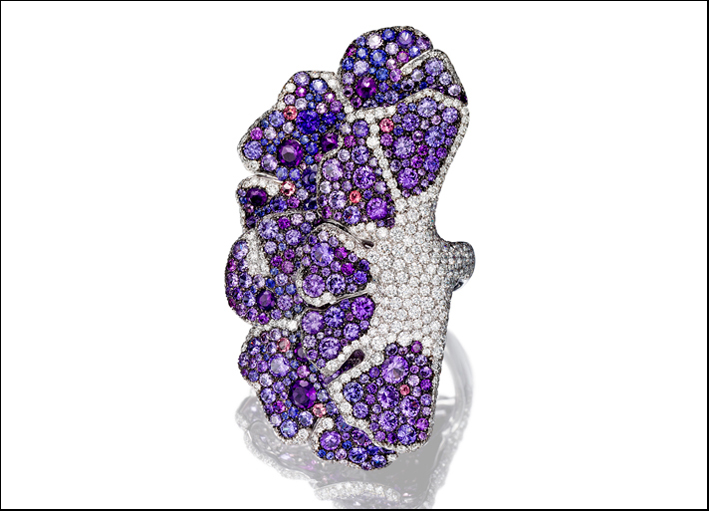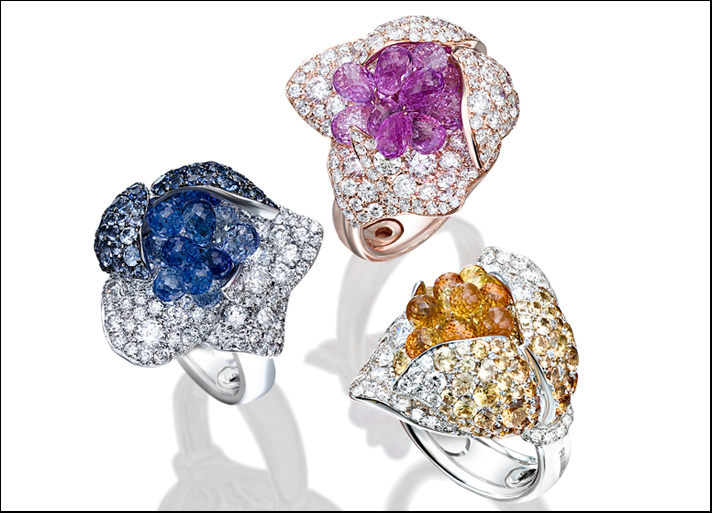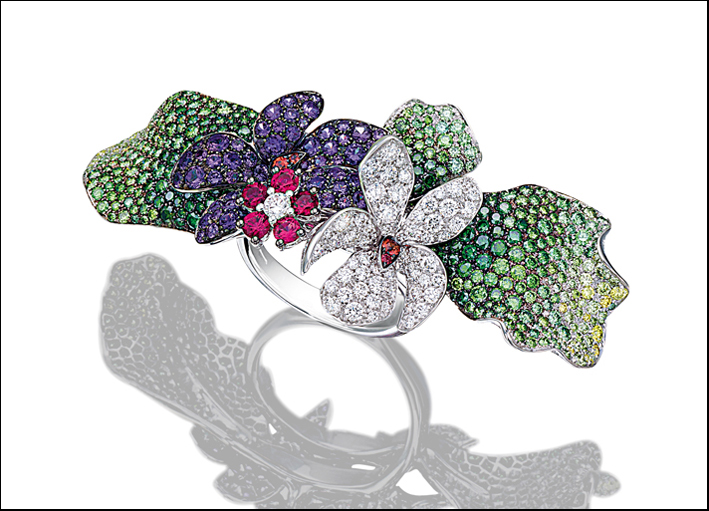Quick guide to cuts of stones, diamonds included. Learn to which shape the baguette, marquise, and brilliant cuts match … ♦
Brilliant, marquise, briolette … Diamonds, emeralds or rubies (and all other stones) can be cut in many different ways. But how often do you understand the description of a jewel and do not know exactly the meaning of the different forms that a gem takes on rings or necklaces? Here is a small guide among the different cuts of precious stones.
Baguette. It is a type that became popular during the Art Deco period: in essence, it is a variant of the emerald cut. The baguette, that is the wand, recalls the typical French bread: it is long and rectangular, with octagonal corners and 14 facets. It can create truly amazing effects and adds a strong character to the jewel. But it is also a cut that is not easy to use in jewelry. Baguette cutting is often used together with stones with other shapes. For example, a baguette cut diamond can accompany other gems with different volumes.
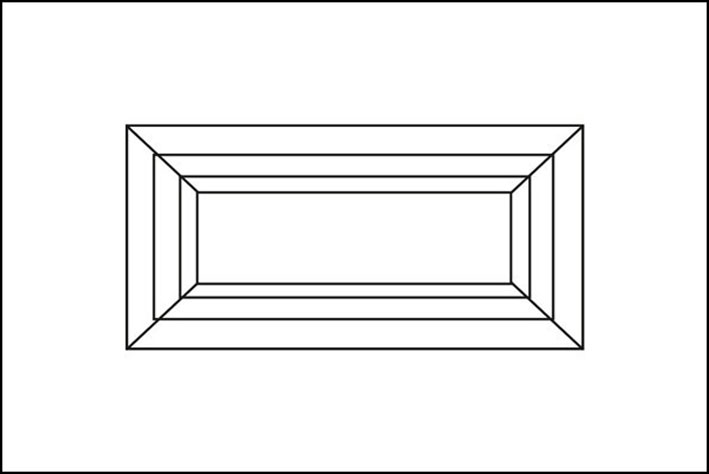


Brilliant / Round. The round cut is the most common form for diamonds, also because it enhances the diffraction capacity of the stone, increasing its brightness. The brilliant cut, or round, represents up to 75 percent of the diamonds sold. This cut is quite recent: it was codified only at the beginning of the last century and has 58 facets. The crown is the area that is at the top, the belt is the circumference, the widest. This cut is not easy to make, but it is certainly the one that offers the greatest enhancement of a diamond compared to its weight.

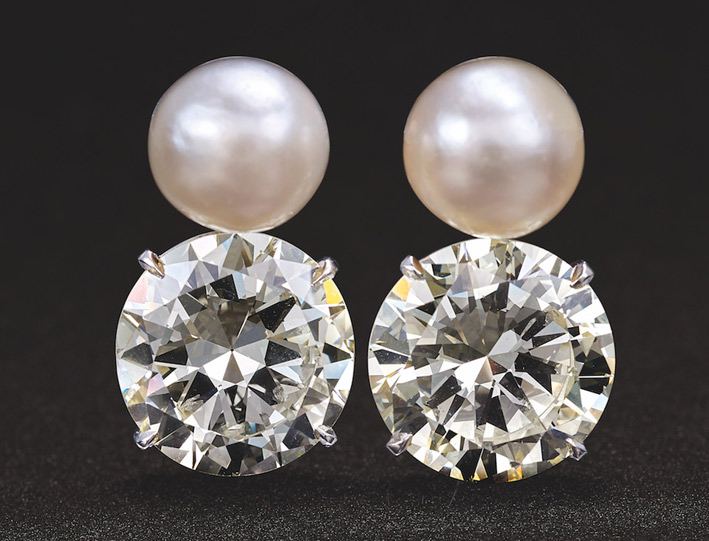
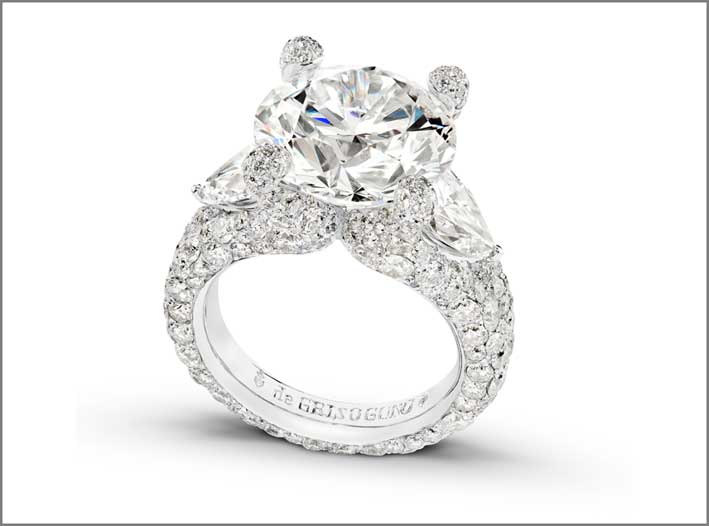
Briolette. The briolette cut is among the best known and is often used to make pendants for necklaces or earrings. This cut essentially has the shape of a drop, but multifaceted. In reality there are four variations of the teardrop shape: the most famous has the facets composed of rhombuses. But there are also the most accentuated drop-shaped, olive-shaped, ball-shaped pendants that take the shape indicated by the name.
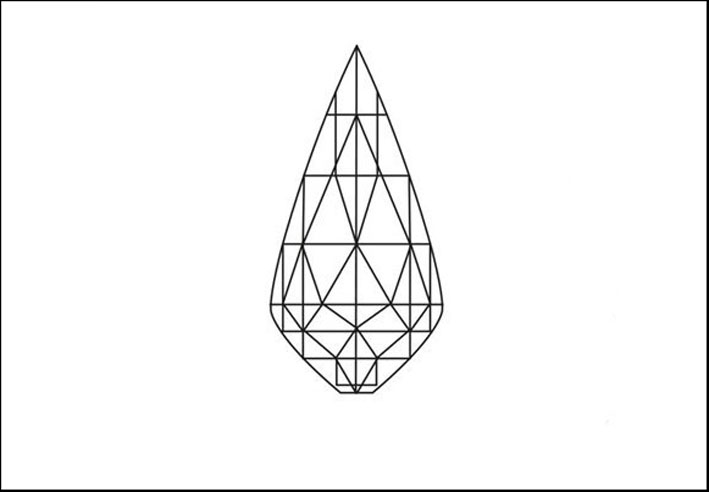
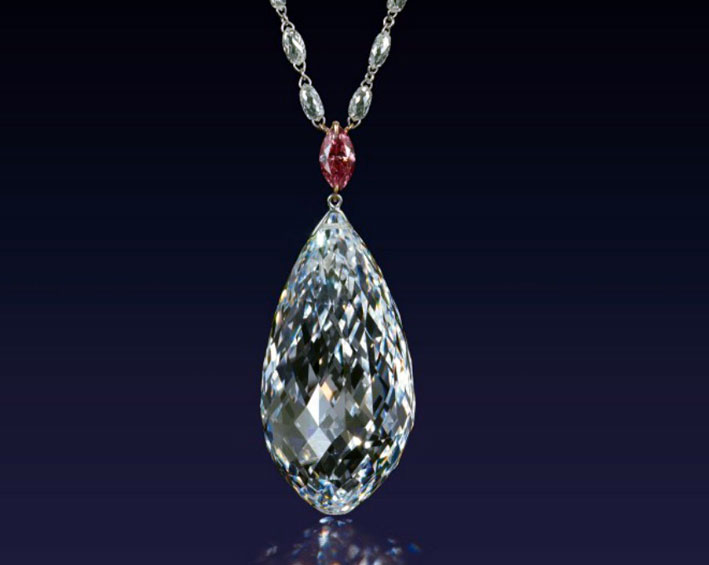
Oval. It is a very simple and regular form. For this reason it is commonly believed to be one of the oldest cuts to present a diamond. However, this is not the case: this cut for gems has only been experimented since 1960. An oval-shaped diamond has a uniform and symmetrical design and has 56 facets. Like the marquise cut it is, in essence, a variant of the brilliant cut. The advantage is that the elongated shape makes the stone appear larger than the perfectly circular cut.

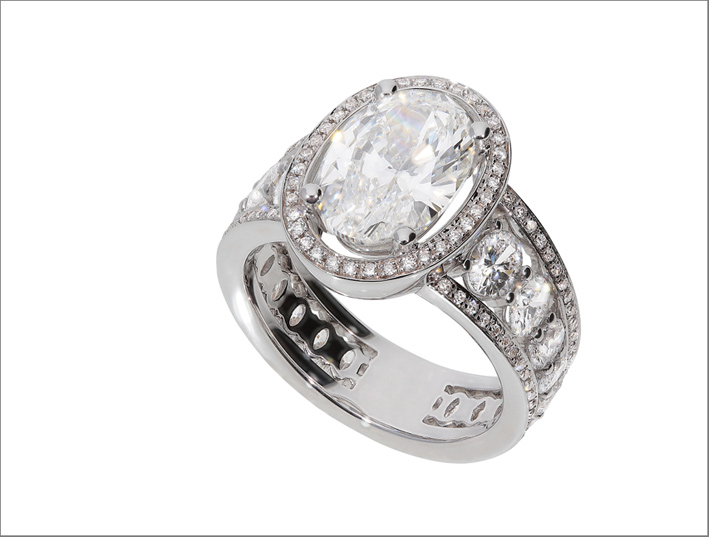
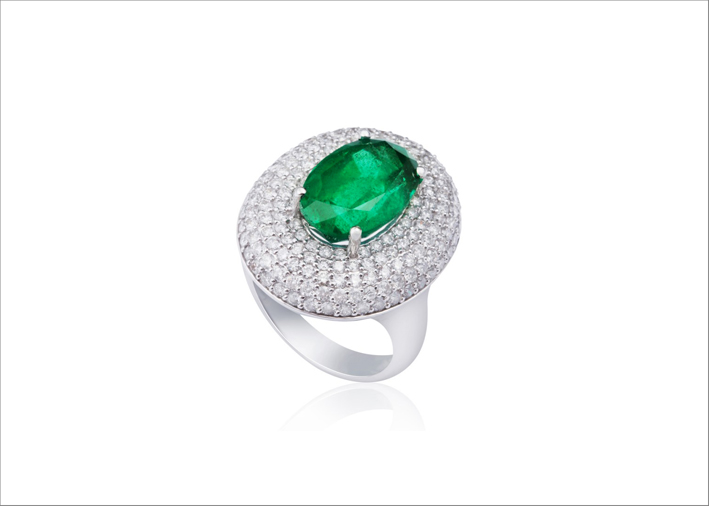
Heart. The heart cut is, in essence, a pear shape with an inward fold on the upper side. As it is easy to imagine, it is used to emphasize the romantic aspect, but it is not very easy to make: it usually requires rather large stones and a lot of workmanship. But there are also Maison, like the Italian Recarlo, often use heart-shaped diamonds, even small ones, and have made them a distinctive aspect. For larger stones, however, the heart shape is usually more expensive in proportion to the carats.
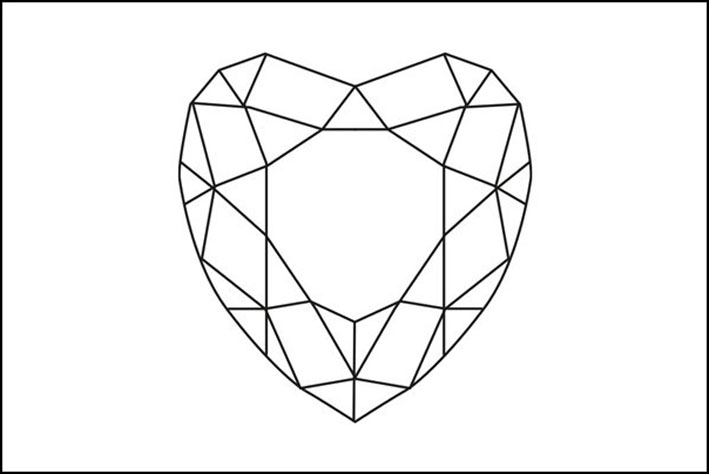
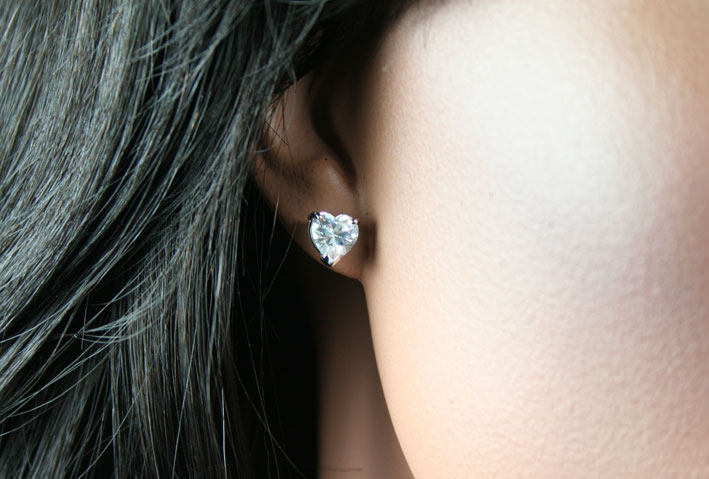
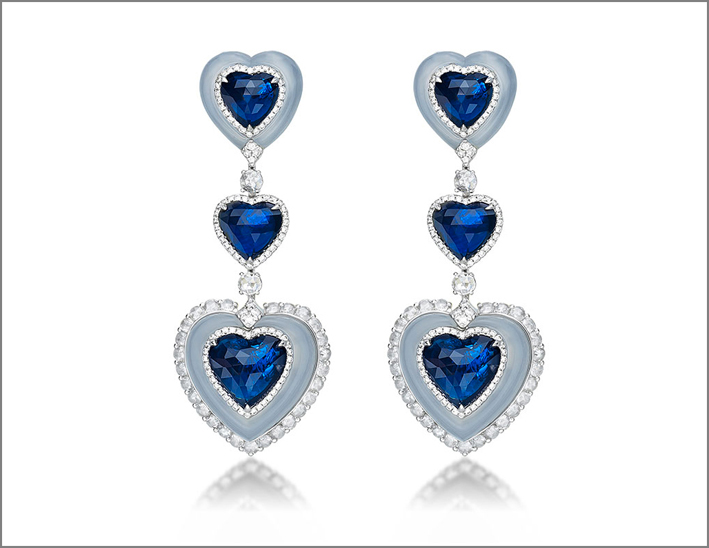
Asscher. It assumes its name from Asscher, an Amsterdam company specialized in the diamond trade founded in 1854 by the family of the same name (it is responsible for cutting some of the most famous diamonds in the world, including two of the three largest diamonds ever found). In 1902 Joseph Asscher designed and patented his original Asscher cut of the same name. The idea was to combine the emerald cut with the round cut, in a shape characterized by extreme symmetry and dramatically-cut corners. Like the emerald cut, Asscher needs stones without inclusions and very clear.

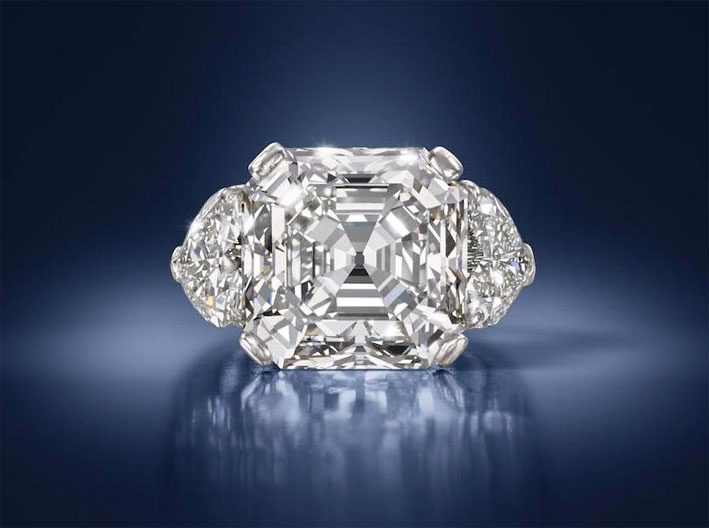

Cushion. It is easy to come across the cushion-cut on antique jewelry: it is, in fact, the oldest form, an update of the so-called Old Mine cut of the 18th century. As the name indicates, it is a cushion-shaped cut with 58 facets. The corners are rounded and the facets typically larger than the brilliant cut. But it requires very high-quality stones.
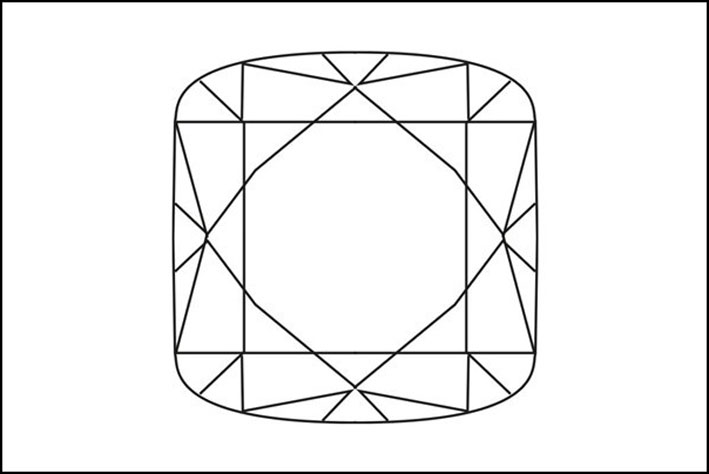
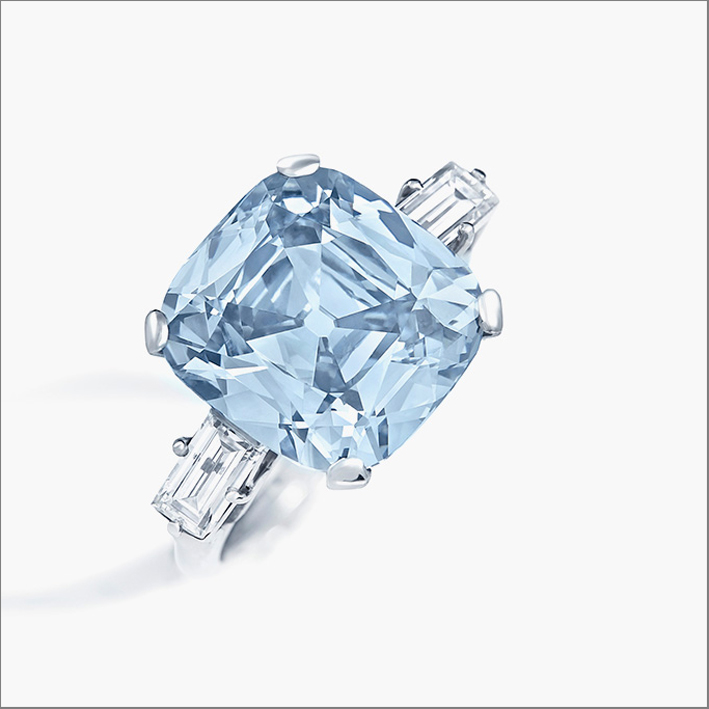
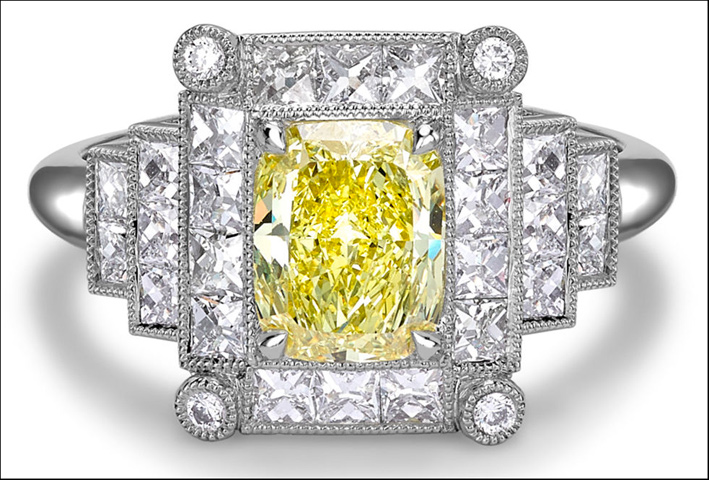
Marquise. Few people know why this form is called like this: according to the legend this cut has instead a spicy story. It would have been invented at the court of the king of France: Louis XIV commissioned it, it seems, to combine the stone with Jeanne Antoinette Poisson, marquise of Pompadour, her lover. The cut is an elongated shape that reaches a point at both ends, with slightly rounded sides. Like the oval cut, the marquise cut enhances the visual impact of the stone, which appears larger than round cuts of the same carat weight.
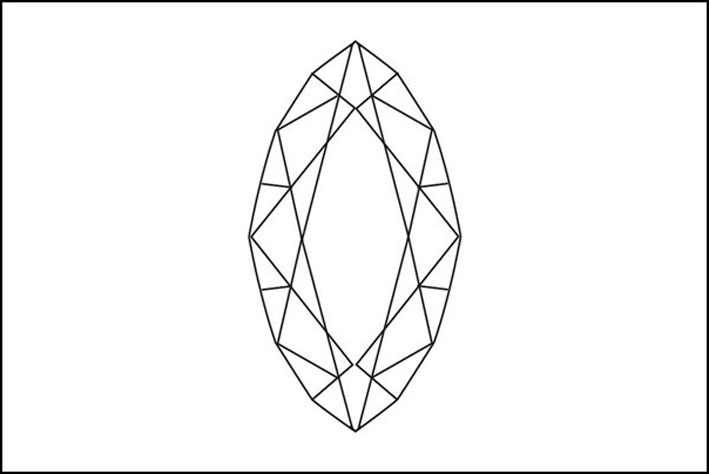


Pear. Make a mix of the oval cut with the marquise cut and here the result is the pear shape. As the name indicates, the shape is similar to that of the fruit and is widely used in jewelry, also because it has the advantage of enhancing the light in diamonds and adding a hint of asymmetry to the design. A pear cut diamond has 58 facets: asymmetry is one of the most appreciated aspects by many jewelers, who use the pear shape for rings as an alternative to the classic round cut. But this form is also widely used for pendants.
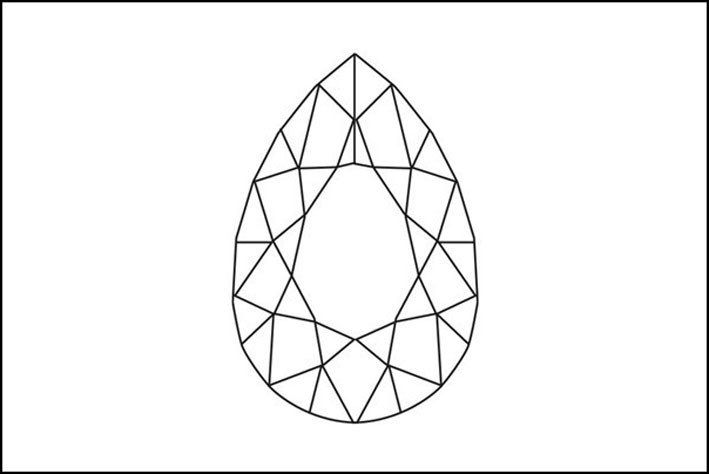


Princess. It is one of the most recent news. In fact, this type of cut has only been introduced in jewelry since 1980 and is very popular especially in North America. The princess cut is square or rectangular, which in some cases manages to be brighter than the typical round cut. But of course it also depends on the starting shape of the stone. Another advantage of the “princess” cut is that it requires less waste of raw stone than other cuts.

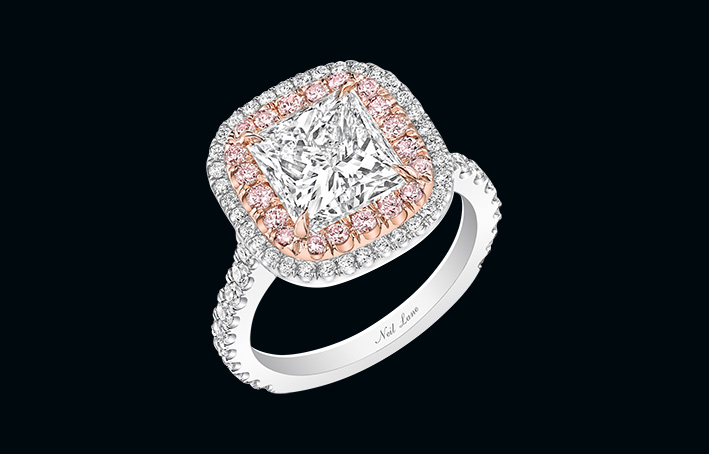
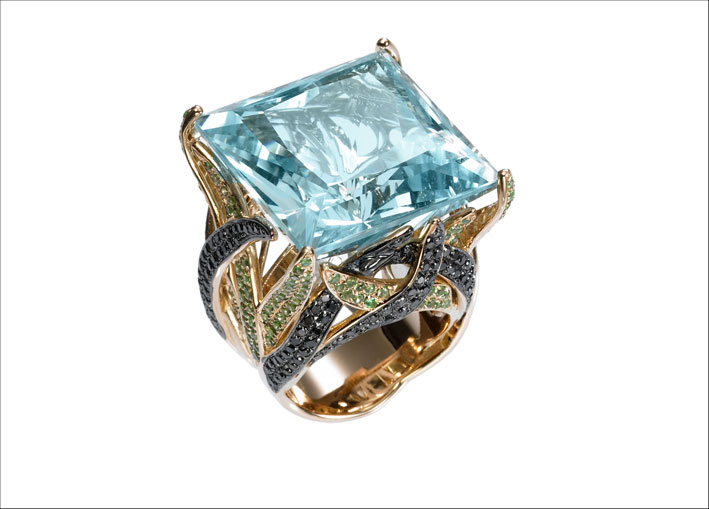
Radiant. It combines the virtues of brilliant cut with those of emerald cut. The radiant form was developed in 1977 and has between 62 and 70 facets. It is often confused with the princess cut, but unlike the latter, the radiant shape has cut corners, which slightly sweetens the square shape. With the same weight, compared to a round cut diamond, the radiant surface is 4% smaller. On the other hand, a radiant cut diamond appears larger.
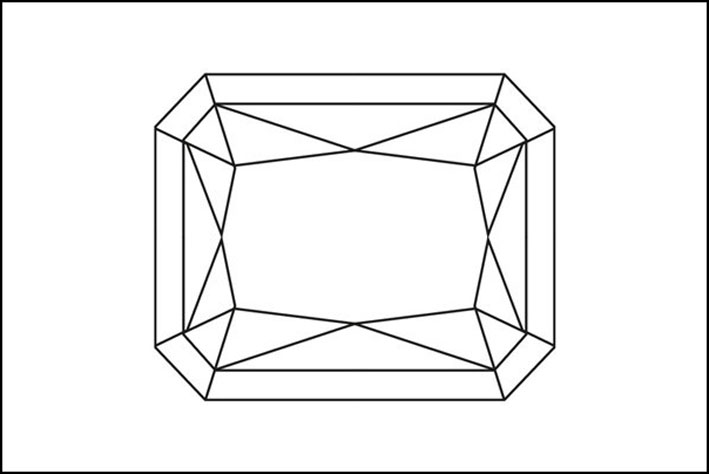


Emerald. The shape is rectangular, with cut corners. It is one of the oldest and one of the most demanding cuts: with this form the defects of a stone can be seen immediately. On some occasions it is also called step-cut, because its concentric, wide and flat surfaces remind the steps of the stairs. Faulty inclusions and colors are enhanced, but at the same time the best stones are enhanced. It typically has 50 to 58 facets.

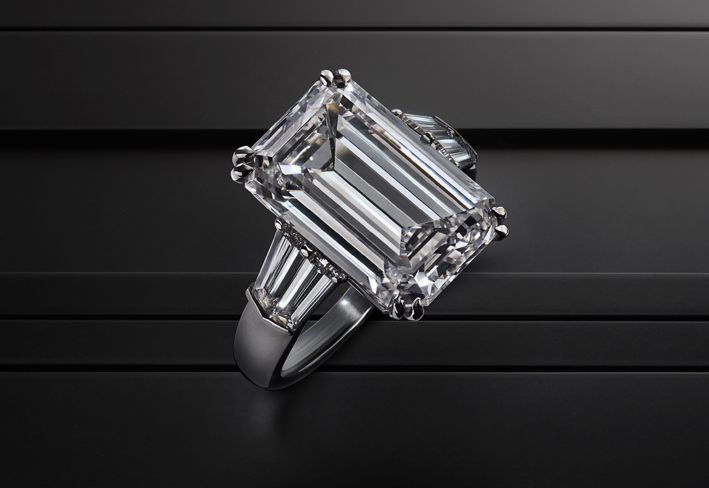

Trilliant. This cut was also developed by Asscher. It was launched in New York in 1960. It is considered excellent for the ability to enhance light within the stone. Basically it is a triangular shape, with curved and straight parts, sharp and rounded corners. This cut has different variations: the sides, for example, can be curved or straight and the shape of the surface is also subject to different interpretations.
